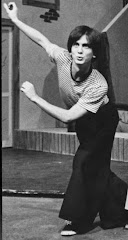Those first few moments of Neil Armstrong gently stepping where no man had stepped before are so ingrained in my memory, I'm not sure if they are the result of having seen the clip so often, or of having seen it happen live. But it really doesn't matter.
 |
Armstrong has my respect for the fact that, after his career as an astronaut peaked, he retired to private living, becoming a teacher and lecturer, and declined to capitalize on his worldwide fame with lucrative endorsement deals and whatnot. Anybody think that would happen today?
The moon is also on everyone's mind because today, Friday, is a full one. The moon is my birthsign's guiding planet (yes, I know it's not a planet, but don't blame me).
 |
| For a while, we Cancers were known as Moonchildren. ugh. |
I am usually not affected much by celestial occurrences, but every once in a while, when the Full Moon coincides with my exact birthday, look out. I could tell some stories of one or two of those instances, where my hormones were racing and there was trouble afoot, but I'll leave that for my new segment, AAvist After Dark.
Anyway, today's lunar position is being called a Blue Moon, and while that is not strictly accurate, it has become one of those beliefs which everyone has had for so long that it's become accepted.
 |
But a Blue Moon, according to the strict astrological definition, is not the second full moon in a calendar month, a common conception. The original Blue Moon only occurs when there are four full moons in a single "tropical" season (rather than the "calendar "season).
When one of the three month (or so) periods between the various solstices (solti?) and equinoxes (equinoxen?) contains four full moons rather than the usual three, a Blue Moon occurs. Today's full moon, though the second one in the month of August, does not meet that qualification.
Originally, a blue moon was named for the third moon appearing in a tropical season which will have four full moons.
 |
| Mame's Vera Charles informed us that the man in the moon is a lady. |
A little confusing, but wait for it. The tropical year, which astrologists prefer to use, contains four seasons with three full moons occurring in each. In ye olden tymes, every full moon had a name, usually corresponding with a big event happening around the time. So, we always had a Harvest Moon, a Lenten Moon, and a Moon both Before- and After- "Yule." When, however, a fourth moon popped up in a season which only had three named moons in it, the extra moon was called Blue. But making it more confusing, the Blue Moon is the third, not the fourth, of those moons, simply so that the regularly scheduled moons would still occur during their usual time frames. Who wants a Harvest Moon happening in November, or the Moon Before Yule happening after Christmas?
 |
| This tome is still used to identify full moons. But its definition of Blue Moon is ignored. |
This understanding of the Blue Moon was in effect until the late 1930s, when some joker misinterpreted the Farmer's Almanac for 1937, and identified a Blue Moon as the second full moon in a calendar month. That explanation spread like a house on fire, and these days, it is the one accepted by almost everybody. I'll accept it too, of course, since that's what everybody believes, so it must be true. (The GOP has operated under that system for quite a while, and it seems to work for them.) The same phenomenon (of SO many people believing something wrong that it becomes accepted fact) happened at the turn of the millennium, when the whole planet celebrated the start of the new era a year early (the 21st century actually began January 1, 2001, NOT 2000). But pointing out such errors brings condemnation; one is considered, at best, a party-pooper, and at worst, a know-it-all.
So, in honor of today's Full Moon, be it Blue or not, this week's Dance Party fittingly features that most famous titular tune. Our star needs no introduction.
 |
The film is At The Circus, and his brother received his own dance party from this film a while back, singing what became one of his signature tunes (go here to see that one). I have never seen At The Circus, so I don't know why Harpo is playing only for a black audience, but who cares? It's nice to hear his expertise.
























































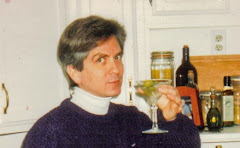
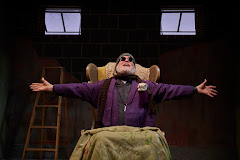




























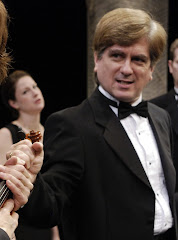
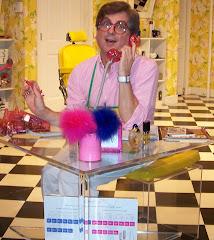
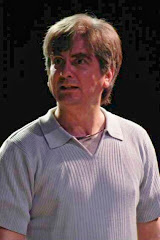
,+Olney+Theatre+Center,+2004.jpg)



,+Shakespeare+Theatre+Company,.jpg)
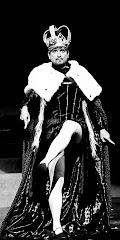

,+Warehouse+Theatre,+1999.jpg)
,+Are.jpg)
,+Everyman+Theatre,2002.jpg)
,+First+Nationa.jpg)
,+Shakespeare+Theatre+Company,.jpg)



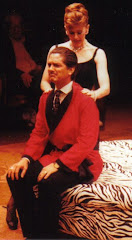

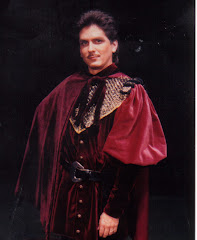
,+Granada+Th.jpg)
,+Globe+Playhouse,.jpg)
,+CSUN,+1976.jpg)
